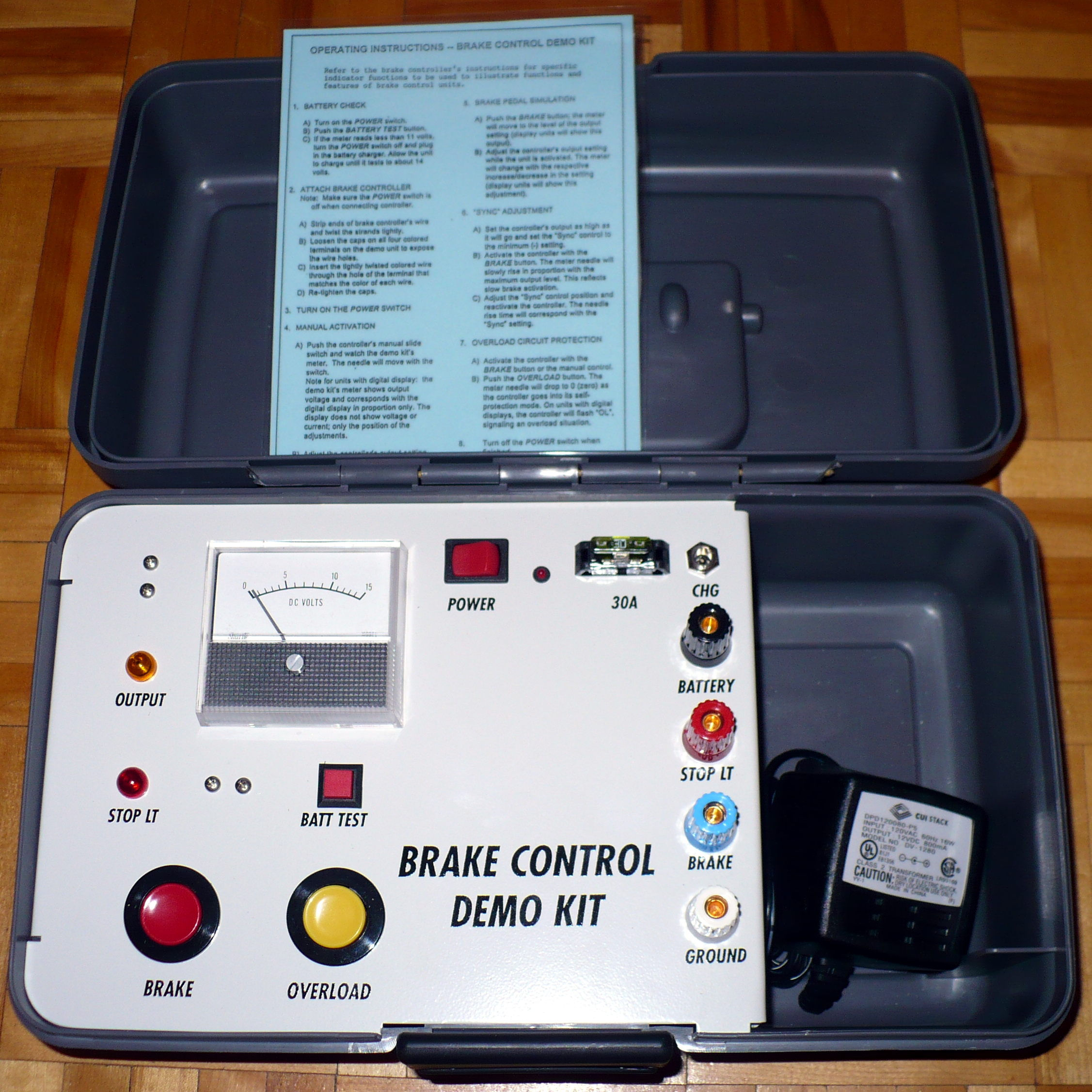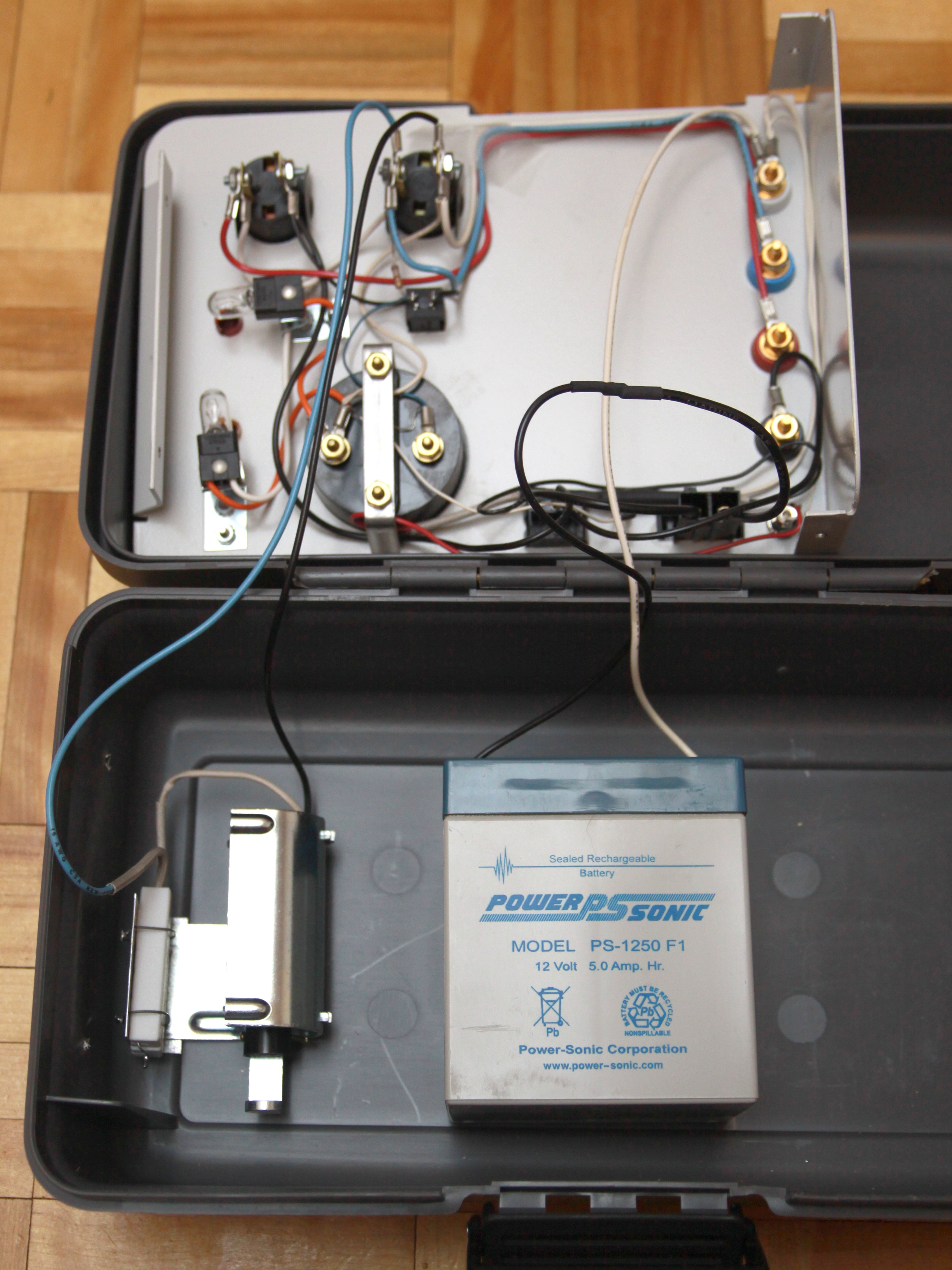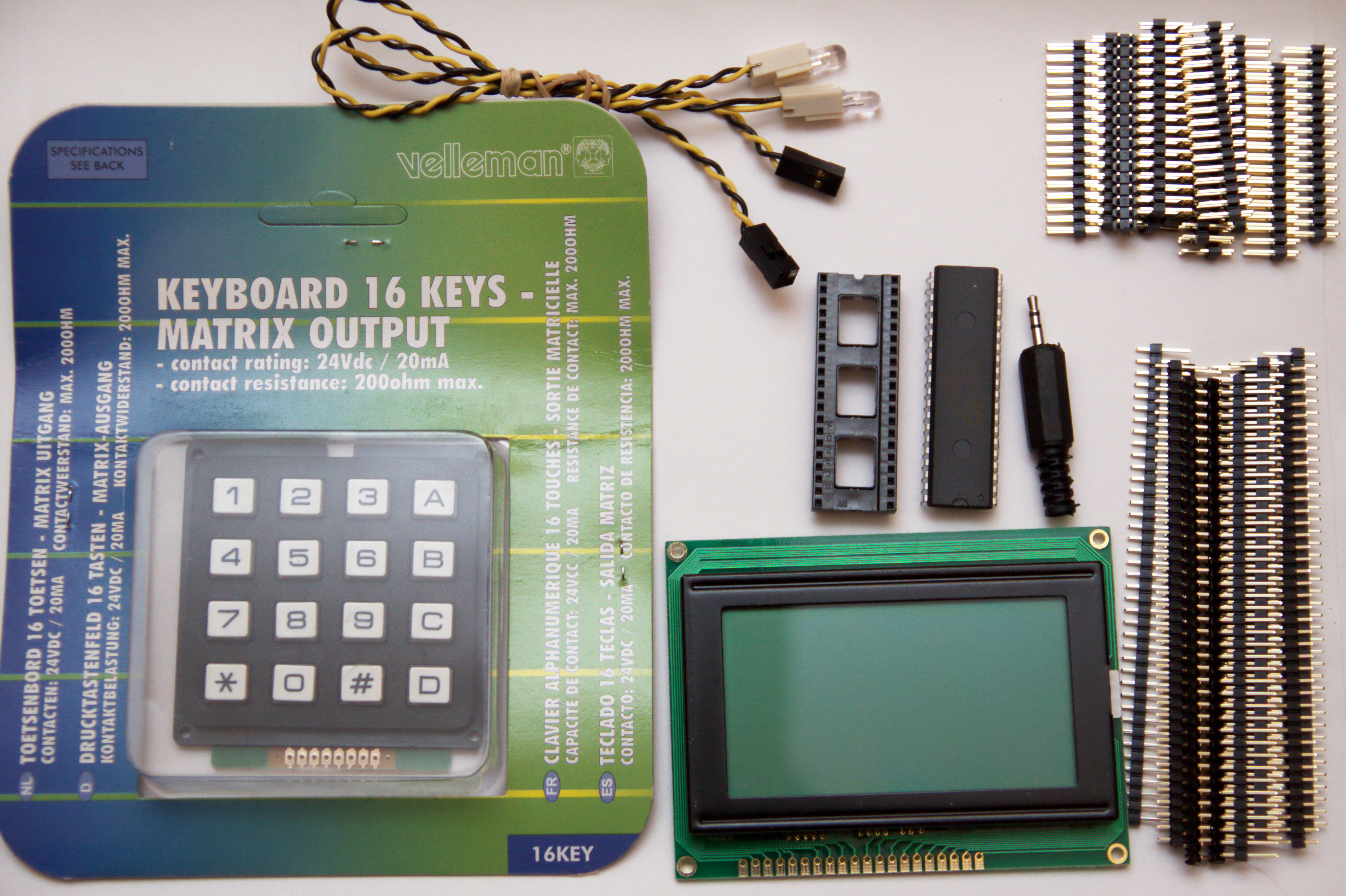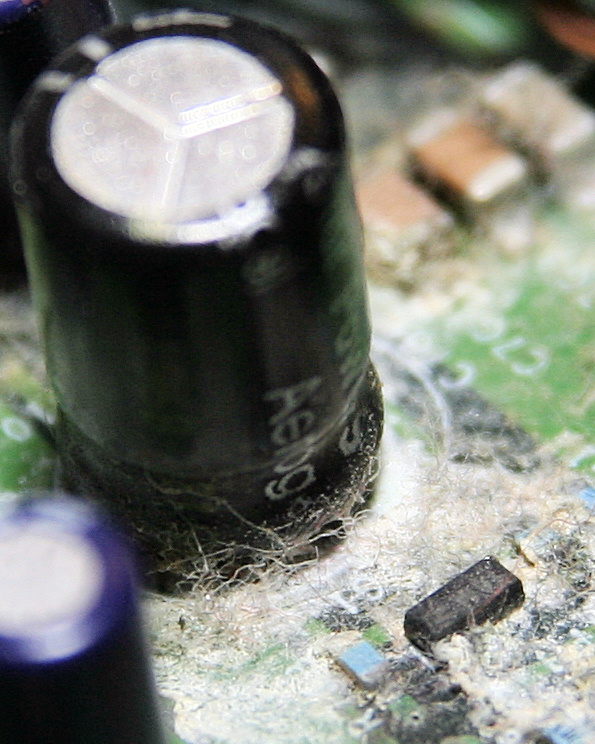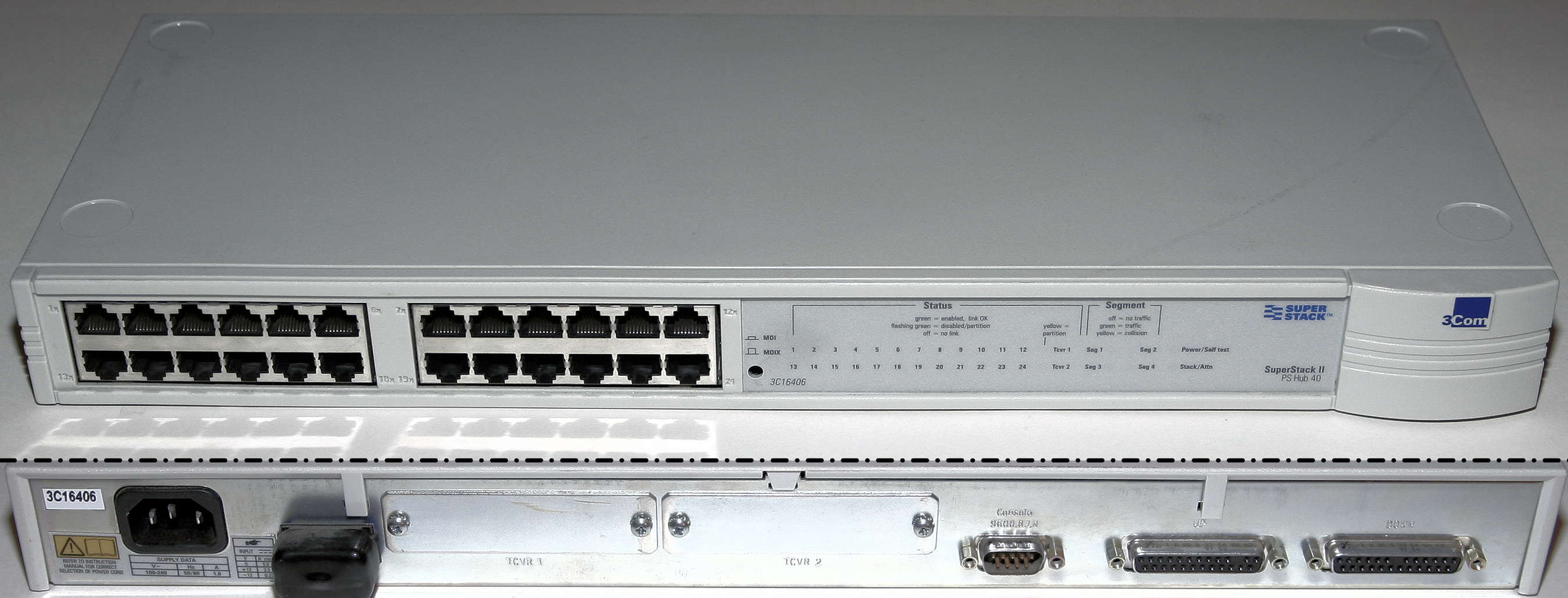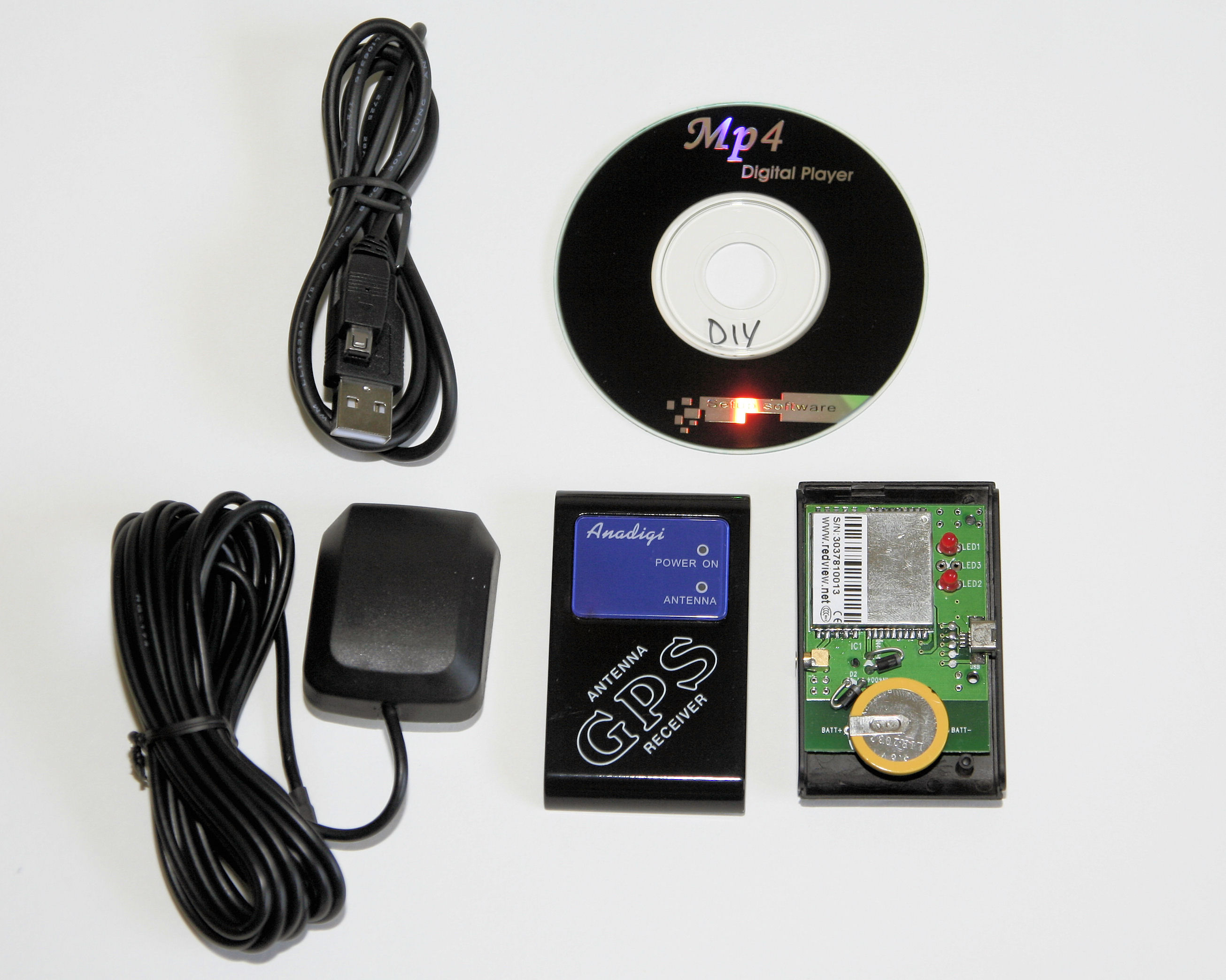Acer Aspire 3000 Battery Internals
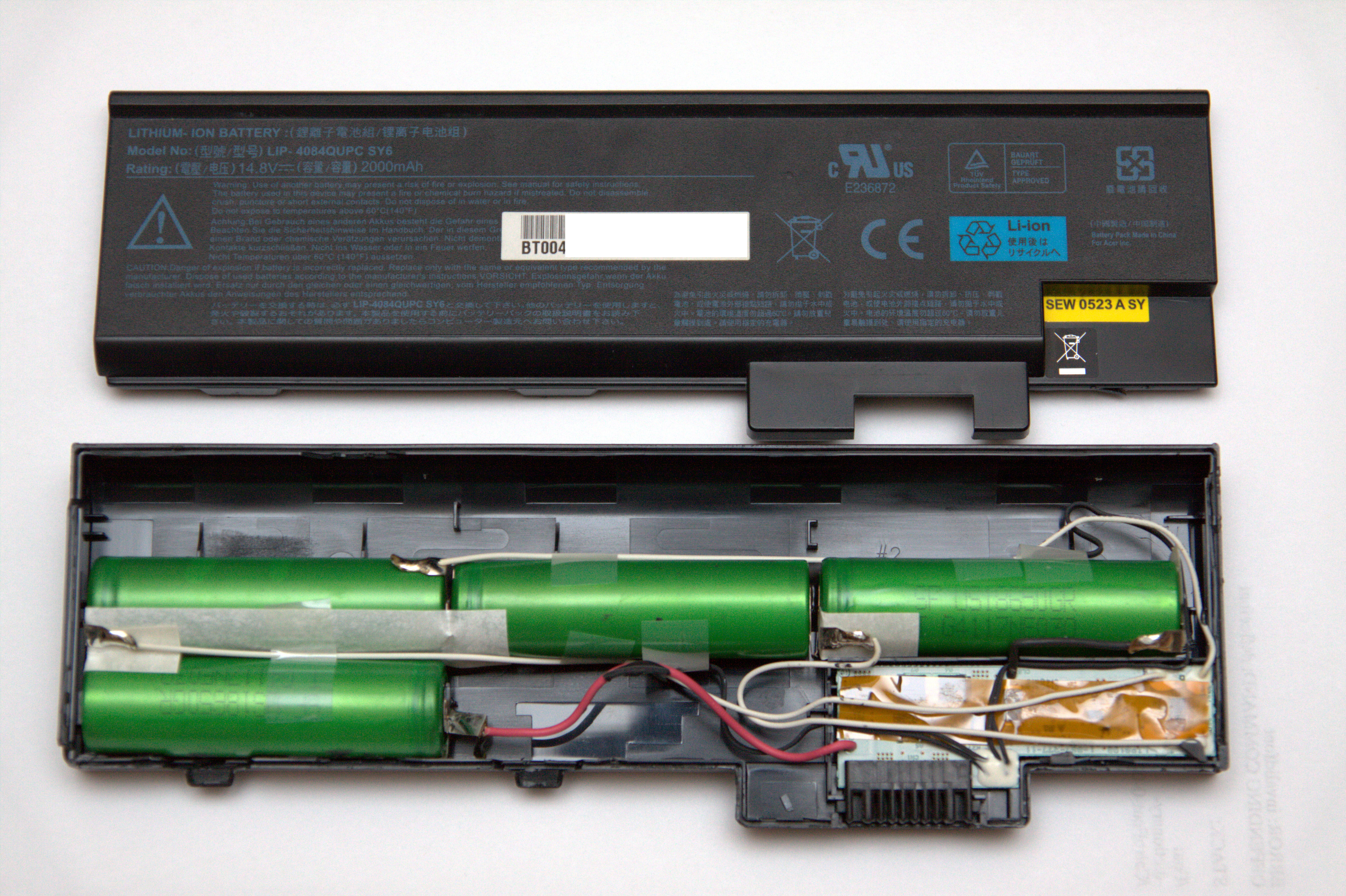
This is a 4-cell battery; before opening it up, I was under the impression that it was a 3-cell.
The charge controller circuit board has “LIP8198” and “1-867-277-11” markings in the silkscreen, along with a strip of Kapton tape over the top of the PCB.
The PCB has +/- going to the 4 cells in series, as well as leads between each cell (probably for measuring voltage at each intermediate point), and two temp sensors: one on the battery closest to the circuit board (the one that the board’s “-” connects to) and one on the next one after that (the middle-most one).
The top side has the following ICs:
- 3182 5J94 (Looks like a tiny EEPROM/Flash)
- Two unlabelled 8-pin square ICs marked “04” and “07” on the silkscreen
- 12AH4 SC SF
The bottom has the following:
- TI bq80201DBT – “Battery ‘Gas Gauge'” for storing the cycle count?
- TI bq29312PW – “Two, Three and Four Cell Lithium or Lithium-Polymer Battery Protection AFE”
- A number of various bare-copper test points 🙂
With a bit of digging, it seems that the bq80201 is used for many different battery makes such as Sanyo, Dell, etc.
Relevant URLs:
Battery EEPROM Works (Software; not affiliated with this site, I have no guarantees of how well it works)
Battery EEPROM Works Forum topic re: B80201 support (Forum Thread)
Would still be nice to actually find a listing of the I2C codes that it uses.
